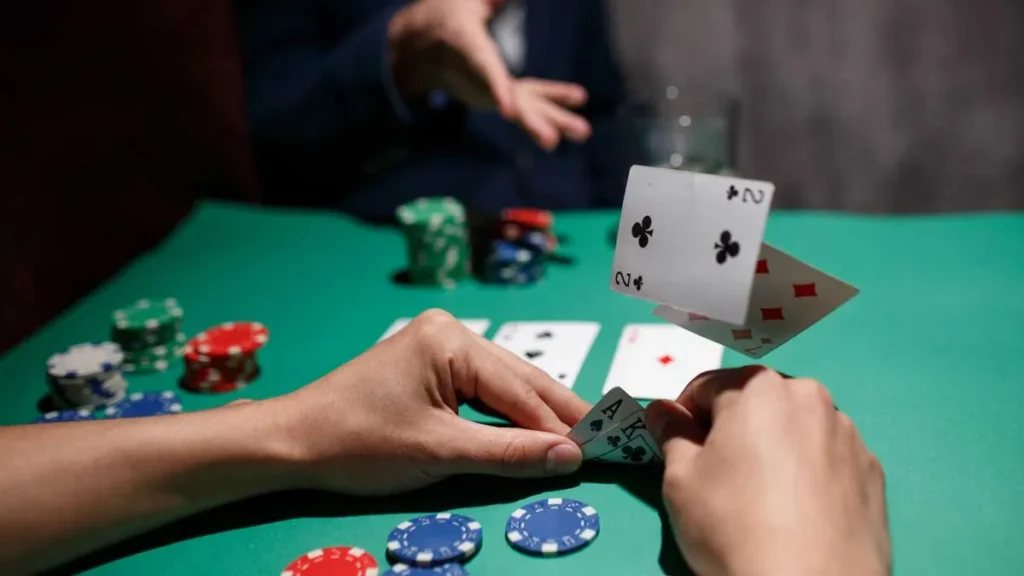Mastering The River: Strategies For River Poker

After the flop and turn betting rounds, a final card is dealt on the River. This card determines who wins the hand. If you’ve been called on the flop, you need to decide whether to make a bet again. This decision is hard to make with a weak hand. It is important to be in position on the river. This allows you to control the size of the pot and gives you a better chance to win against an opponent who bluffs often.
Betting Intervals
There are three crucial moments in a poker hand: the flop, the turn, and the river. These moments unveil hidden cards, shape hands, and change the tide of the hand.
The flop, known as the fourth street in poker, is the third round of betting that occurs after the pre-flop betting round. Once the flop is dealt, the dealer will deal a single community card called the turn or fourth street. After the turn, another betting round takes place, followed by a showdown if necessary.
You can use your knowledge of your opponent’s pre-flop actions to make good value bets on the river. For instance, if you know that your opponent is a loose-passive player who tends to call down with worse than average hands, you should hammer those rivers with top pair and a decent kicker. This will force them to call you. This will also help you win some money.
Limits
When you call a bet on the ریور پوکر, it is important to consider how your opponent has played every street in the hand. This will help you decide whether to bluff or extract value from your strong hand. In fixed-limit poker, bets and raises are limited to $2 in the early rounds and then doubled to $4 on the turn and river. This type of betting structure is known as a $2-$4 limit game or simply a limit game.
The river is the fifth and final community card in a poker hand, and it can make or break your chances of winning the pot. If your opponent plays aggressively on previous streets and checks the river with a weak hand, you can assume they are trying to trap you into calling their bet with a bluff. The more information you can gather on your opponents, the better. This will give you control and allow you to calculate their actions with a strategy in mind.
Side Pots
Side pots are formed when players with unequal amounts of chips stack call an all-in. When a player goes all in, the total amount of their remaining chips contributes to the main pot, while any extra amount is placed into a side pot. All other players must match this amount in order to continue betting, although they cannot win both pots.
The size of the main pot is determined by the starting stack of the player who went all in. If the bet exceeds this amount, it is placed into one or more side pots. Only the players who contributed to the side pot have a chance to win them.
The river is an important part of any poker hand, as it gives you more options for betting decisions. It is also the best time to calculate your opponent’s bluff strength. This can help you determine how high you should bet. Getting to know your opponent’s tendencies will allow you to make more informed decisions in the future.
Variations
The River is the last card in a poker hand and can help you win or lose. It can also be one of the hardest decisions to get right. If the River often hurts you, it probably means that you’re not betting at pots aggressively enough or that you’re playing hands too long that have no outs.
The river can be an especially tough decision because it removes a lot of the variables that are associated with betting on earlier streets. This is because there are no more cards that can improve your hand, so you don’t need to calculate implied odds on future streets.
The river can be a good place to triple barrel bluff, but it’s also important to remember how your opponent played their hand at each street. For example, if they play aggressively on the flop and turn by raising but check the river, you can assume that they are trying to trap you and try to induce a bluff.
Wrapping It Up
Being in position on the river gives you control over your opponent and allows you to play with a variety of poker strategies. You should always consider your opponent’s betting patterns and the overall board texture when playing the River.




